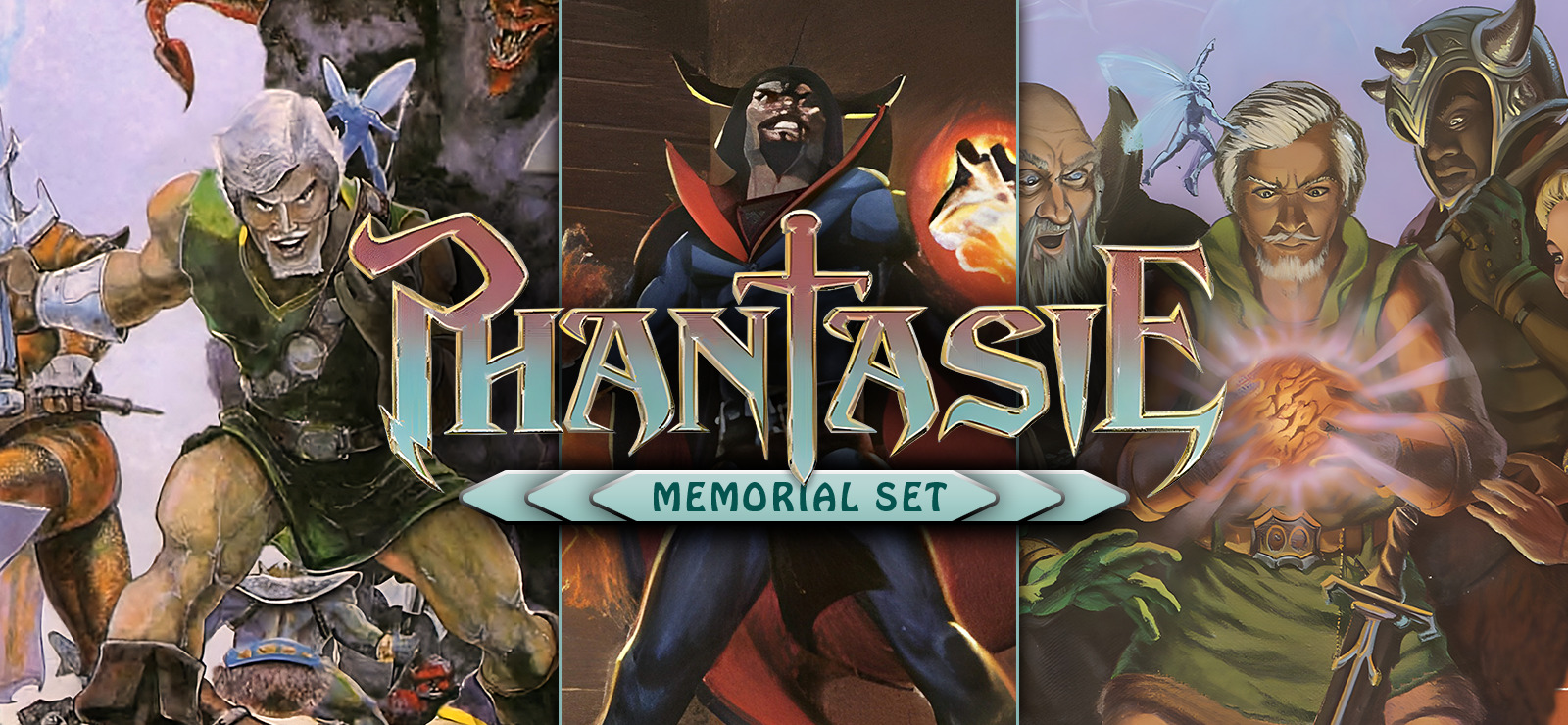Developer: SSI, Doug Wood
Publisher: SNEG
Genre: CRPG, RPG, Retro
Price: $9.99
Where to buy: GOG, Steam
This set of reviews will be a focus on three games. Which is more so a comparison of several things. Partially for a modern crowd will they be fun, and how I found them to be in the fun factor form. As I am doing three at once, I will be playing a more compact conclusion to each game, to save my sanity.
Phantasie 1:

Let’s dive into this classic RPG and explore its strengths and weaknesses through the lens of both its time and our modern perspective.
World and Story:
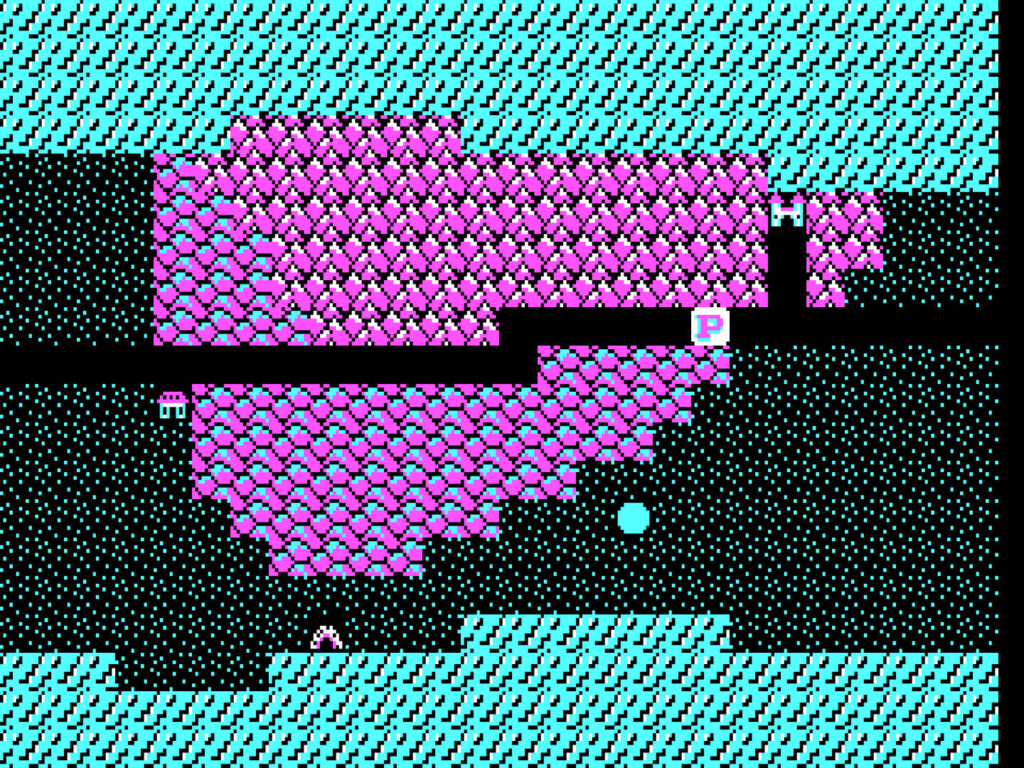
- Classic High Fantasy: Expect castles, dragons, and magic in a world facing the tyrannical rule of Nikademus. While not groundbreaking, the lore unfolds through scrolls and character interactions, creating a decent fantasy setting for its time.
- Open-Ended Quest: While you ultimately aim to defeat Nikademus, the journey allows for exploration and tackling multiple dungeons in any order. This freedom, though limited by the linear nature of each dungeon, offers a sense of agency.
Gameplay:
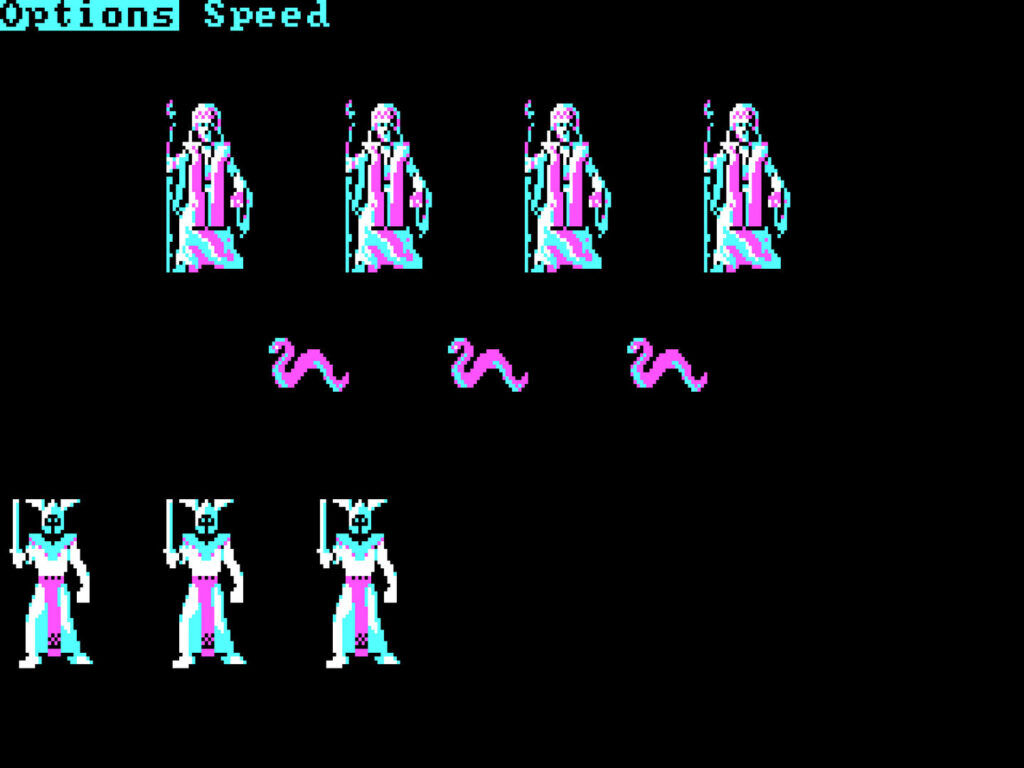
- Character Creation: Offers a decent variety of races and classes, each with unique abilities and spells. While not as deep as modern RPGs, it allows for some interesting party combinations.
- Turn-Based Combat: Simple and tactical, with each character selecting an action before resolving them simultaneously. The multi-ranked enemy formations add a layer of strategy.
- Exploration: Dungeons are hand-crafted with unique themes and encounters, gradually revealing their layout through an auto-mapping system. This adds a sense of discovery and risk.
Strengths:
- Solid gameplay: The combination of exploration, combat, and character progression creates a satisfying gameplay loop.
- Unique features: Auto-mapping, multi-ranked combat, and a variety of classes and races stand out compared to contemporaries.
- Replayability: With open-ended exploration and multiple dungeons, players can experiment with different party builds and approaches.
Weaknesses:
- Technical limitations: Graphics and sound are primitive by today’s standards, which might put off modern players.
- Character development: Skills and spells are limited, and advancement feels fairly basic compared to modern RPGs.
- Lack of consequence: Actions rarely affect the world, and dungeons reset when you leave, hindering deeper immersion.
Overall:
Phantasie 1 is a significant gem in the early RPG landscape. While its technical aspects and depth don’t compare to modern giants, its solid gameplay, exploration, and unique features offer a rewarding experience for those willing to embrace its retro charm. If you’re a fan of classic RPGs or curious about their roots, give Phantasie 1 a try. Just be prepared for a simpler, more technical experience compared to modern games.
Phantasie 2:
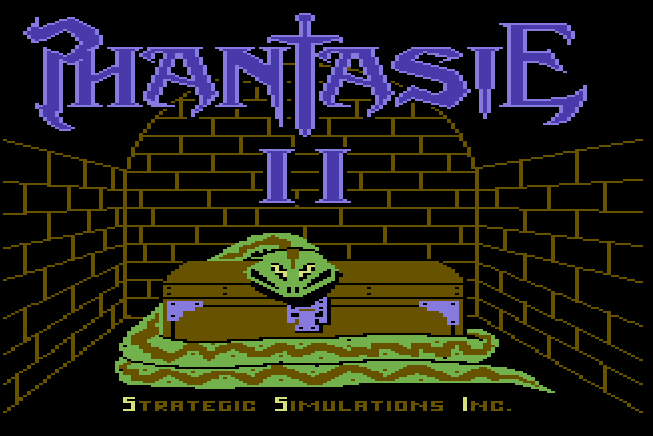
Phantasie 2, a sequel to the 1986 hit Phantasie, is a classic DOS-era RPG that captured the hearts of many gamers with its deep mechanics, sprawling world, and sense of adventure. While its graphics and interface may seem dated by today’s standards, Phantasie 2’s core gameplay and world-building remain as compelling as ever.
Story and Setting:
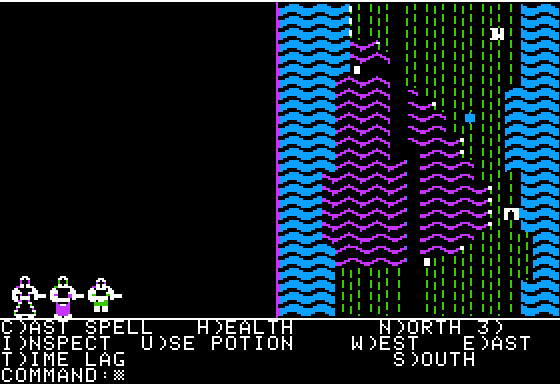
The game takes place in the fantasy world of Kaskel, a land teeming with magic, monsters, and ancient secrets. Players take on the role of a young adventurer who must embark on a perilous quest to defeat the evil sorcerer Xarxes. The story, while not overly complex, offers enough intrigue and mystery to keep players engaged throughout their journey.
Gameplay Mechanics:

Phantasie 2 boasts a robust and intricate gameplay system that combines strategic turn-based combat with exploration, character development, and resource management. Players can create and customize a party of up to six characters, each with their own unique skills and abilities. The combat system is deep and tactical, requiring players to carefully consider positioning, spellcasting, and weapon choices.
Exploration is equally rewarding, as players can traverse a vast open world filled with dungeons, towns, and hidden secrets. The game encourages experimentation and discovery, with plenty of side quests and optional areas to explore. Character development is also satisfying, as players can gradually level up their characters, learn new skills, and acquire powerful equipment.
Strengths:
- Deep and tactical gameplay: The combat system is one of the game’s strongest points, offering a challenging and rewarding experience for strategic players.
- Vast and open world: Phantasie 2’s world is a joy to explore, with countless secrets and surprises waiting to be discovered.
- Character customization and development: Players can create unique and powerful characters, tailored to their own playstyle.
- High replayability: With multiple character builds, different paths to explore, and hidden secrets to uncover, Phantasie 2 offers many hours of replay value.
Weaknesses:
- Dated graphics and interface: The game’s visuals and UI are undeniably retro, which may be a turn-off for some modern players.
- Steep learning curve: The game’s complex mechanics can be overwhelming for newcomers to the genre.
- Occasional bugs and glitches: As with many older games, Phantasie 2 can be prone to occasional bugs and technical issues.
Overall:
Despite its age and technical limitations, Phantasie 2 remains a classic RPG experience that stands the test of time. Its deep and tactical gameplay, vast open world, and character customization options offer a truly rewarding adventure for those willing to invest the time and effort. If you’re looking for a challenging and immersive RPG experience with a retro charm, Phantasie 2 is definitely worth checking out.
Additional Notes:
- There are several fan-made patches and mods available for Phantasie 2 that can improve the graphics, interface, and overall gameplay experience.
- The game has a dedicated community of fans who are still active online, offering tips, resources, and even multiplayer experiences.
Phantasie III: The Wrath of Nikademus
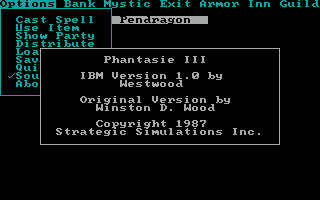
Released in 1988 for various platforms like MS-DOS, Amiga, and Commodore 64, Phantasie III stands as a unique entry in the CRPG landscape. While it won’t rewrite the genre’s history, it offers a charming, if sometimes quirky, experience for those willing to delve into its text-based world. To give you a better understanding, let’s dive into its strengths and weaknesses:
Strengths:
- Character Creation: Phantasie III boasts impressive depth in its character creation, allowing you to choose from six races (human, elf, dwarf, etc.) and six classes (fighter, thief, priest, etc.). Each combination comes with unique stats, strengths, and weaknesses, leading to diverse party compositions and replayability.
- World Exploration: The game world is vast and open, spanning continents, dungeons, and astral planes. Exploration feels rewarding, with hidden items, secret passages, and unique encounters waiting to be discovered.
- Spellcasting System: Magic plays a key role, with a diverse selection of spells and rituals offering creative solutions to combat and puzzles. Experimenting with different combinations adds another layer of strategic depth.
- Generational Gameplay: A unique feature allows you to pass your progress onto offspring characters, carrying over items, skills, and even world changes you’ve made. This adds a cool legacy feel and incentivizes multiple playthroughs.
- Non-Linear Progression: Unlike many CRPGs with a set main quest, Phantasie III offers multiple paths and goals. You can pursue different leads, tackle dungeons out of order, and customize your adventure.

Weaknesses:
- Combat System: The combat is turn-based but feels simplistic and repetitive, often devolving into stat checks. Lack of tactical options and diverse enemy types can make it a slog at times.
- Graphics & Interface: The text-based interface and lack of visual representation can be a hurdle for players accustomed to modern RPGs. Learning the commands and visualizing the world requires more imagination than newer titles.
- Unrefined Design: Some aspects of the game feel unpolished, like occasional bugs, cryptic puzzles, and inconsistent difficulty spikes. It requires patience and understanding the game’s quirks to fully enjoy it.
- Aging Storytelling: The narrative is basic, with a typical good-versus-evil plot and minimal character development. While charming for its time, it might not resonate with modern audiences seeking deeper stories.

Overall:
Phantasie III is a diamond in the rough. While its age shows in its graphics, interface, and some design choices, its strengths lie in its deep character creation, world exploration, diverse magic system, and non-linear progression. If you’re willing to embrace its text-based nature, appreciate classic RPG mechanics, and enjoy exploring open worlds, you might find a rewarding experience. However, those seeking flashy graphics, sophisticated combat, and gripping narratives might be better suited for modern CRPGs.
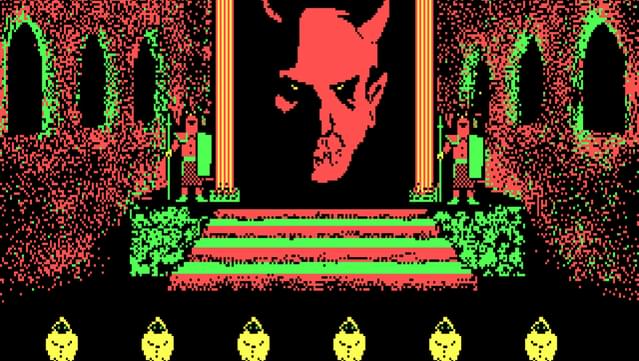
Final Verdict: A charming but quirky classic RPG with unique features and open-ended exploration. Recommended for retro enthusiasts and CRPG veterans who appreciate classic mechanics and deep character creation.
Additional Notes:
- It’s worth considering playing with some modern conveniences like auto-mapping or save state facilities to alleviate some of the game’s frustrations.
- There are online communities dedicated to Phantasie III, offering tips, walkthroughs, and even fan-made patches that can improve the experience.
- Ultimately, whether you enjoy Phantasie III or not depends on your preferences and tolerance for a classic CRPG experience.
